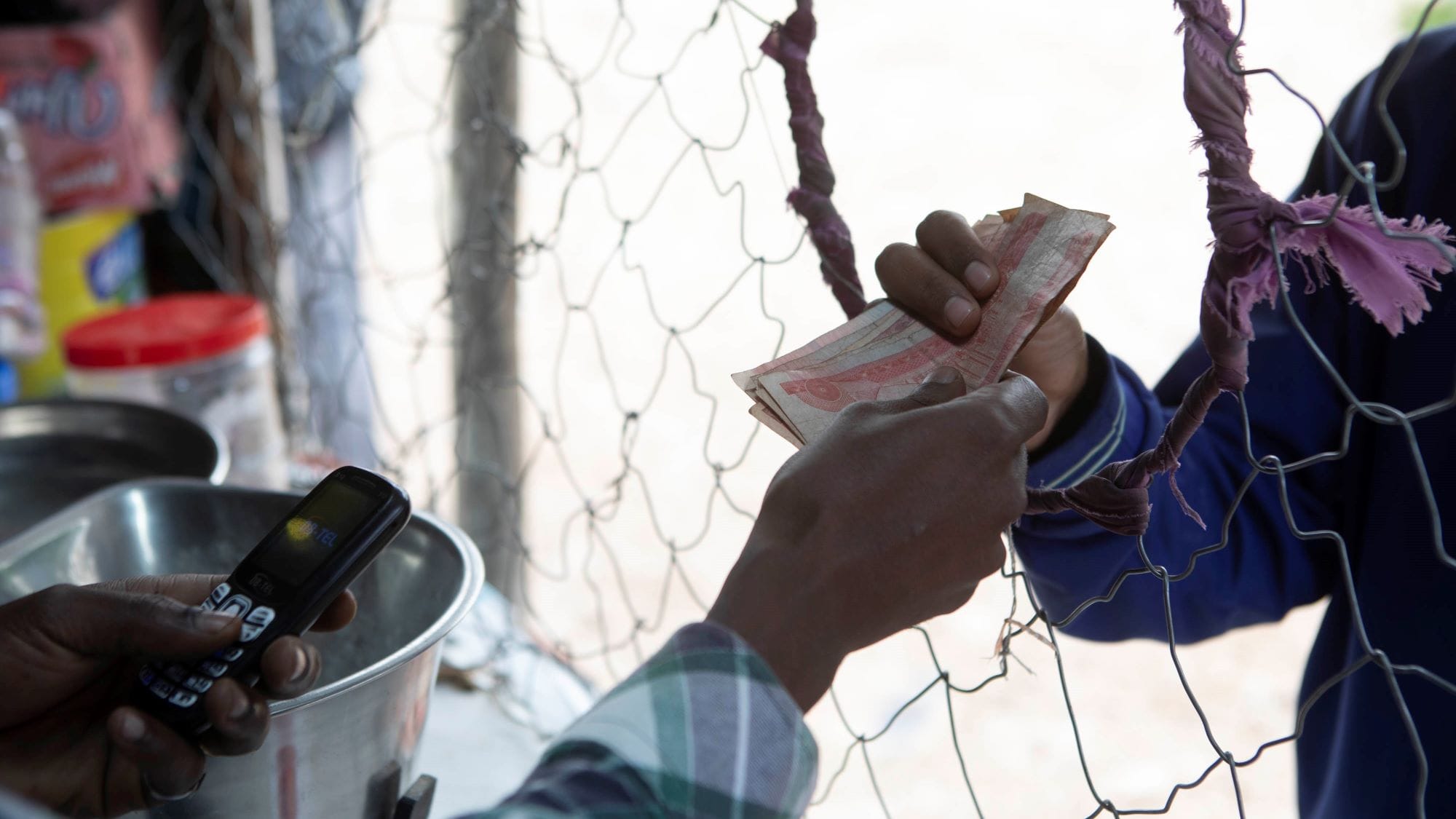Ten years ago, a low-income Filipina woman described her life to me as "one long risk." Today, I suspect her life is little different. For all the successes of the microcredit experiment, we have yet to take full account of the individual experience at the center of a life lived in poverty—a life where medical crises, theft, crop losses, or any one of innumerable random shocks can readily erode the hard-won gains of saving, building assets, and participation in the financial system.

We must be more attuned to these individual clients if we are to devise a model of financial inclusion that actually makes a difference in their lives.
In poor communities, where the risk of cash shortfalls is ever present, access to money is in high demand. Not necessarily to invest in a business, as the advocates of microcredit originally assumed, but simply to smooth income flows and ensure there is food on the table. Low-income households are extraordinarily skilled in keeping many financial balls in the air and making sure that cash inflows match outflows. Poor people routinely juggle repayment schedules while deftly managing the web of reciprocal relationships, intra-family cash transfers, and financial exchanges between friends and family that sustains the household.
Since the driver of much financial behavior is mitigating and managing unpredictable risks, then the flexibility and timeliness of financial services will strongly influence what services poor people access, and when. The first step tends to be borrowing from family, friends, and associates; formal credit is used least, since it is rarely timely, especially when the situation is urgent. Savings-in the bank, at home, or elsewhere-are often earmarked and are only reluctantly redirected to other uses.
Asset building and asset protection products, such as savings and microinsurance, offer logical responses to some needs, such as medical emergencies and death of an income earner; 10-year term deposits, known as 'micropensions' respond to the need for retirement funds for newly aging populations; livestock, crop, and health insurance are all intended to protect against the vicious cycles of poverty caused by asset loss. But savings accumulation and the voluntary uptake of insurance remain challenges.
Over time, the poor have learned to adapt these limited financial sector offerings to their pressing needs, be they cash flow management or emergency health crises. But their creativity cannot mask an approach to money management that remains reactive and makes planning difficult. To enable people to be more proactive and better off in the long term, financial institutions must embrace a more client-centered paradigm, which starts with a better understanding of consumers' financial behaviors, needs, and preferences.

Recent financial diaries studies have shed light on cash flow management at the bottom of the pyramid. They show:
- That poor people use many financial instruments
- That daily needs dominate their financial decision making
- That building lump sums remains a reactive activity driven by the need of the day, and simply involves putting aside any surplus left after meeting the latest contingency
In too many cases, microfinance practitioners-impressed by the possibilities of what is undeniably a large underserved market-have taken the "if you build it, they will come" approach. And, indeed, if they had applied it in a more client-centric manner, this approach might have gained more traction. But managers and experts have tended to focus on products and services rather than on the user. Using a full array of formal financial services is rarely affordable for poor people, whose financial decision-making is based on trade-offs, such as saving for emergencies versus buying insurance. The customer's choice of what source of finance to use at any given moment is a function of why it is needed, what is available, and the cost and the sequence of transactions that precedes it.
The field is changing. As new delivery models such as mobile money and electronic cards take hold, we are asking those at the base of the pyramid to use technology and banking products that are new to them. But here too we must be careful not to be dazzled by the undoubted benefits of novel technology and blinded to the fundamental needs of intended users. Affordability, proximity, safety, and accessibility are the attributes of branchless banking invariably promoted by service providers, whereas timeliness and flexibility rank high among users. Users, accordingly, continue to take their time in assessing the "value add" of these new channels. Raising usages rates-often no more than 30 percent of accounts opened are actually used-requires building both trust between the service provider and the customer, and client confidence in conducting electronic transactions.
So what in practical terms does it mean to take a more client-centric approach to financial inclusion? I would start by taking a page from Richard Ettenson, Eduardo Conrado, and Jonathan Knowles, who wrote recently in the Harvard Business Review about 'Rethinking the 4 Ps' of marketing. The classic four Ps are product, place, price, and promotion, and the HBR authors were intent on redefining them to suit the business-to-business market. But the model lends itself just as well to the challenge of rethinking financial inclusion:
- Instead of product, we should focus on solutions that address the problems and meet the needs of poor people
- Instead of place, we should focus on access and facilitating the customer's entire purchase journey
- Instead of price, we should focus on value, in particular the benefits relative to price, viewed from the context in which poor people live
- Instead of promotion, we should focus on education, providing information relevant to a customer's needs at each point in the purchase cycle
In recent years, some of the bloom has come off the rose of microfinance. But if we can systematically apply this more client-centric approach-if we can really walk in the shoes of our intended customers-we might begin to deliver the incremental benefits of better money management and broader access to better products. Those gains may be slow and small, but for those affected they will be all the more attractive for being real.




